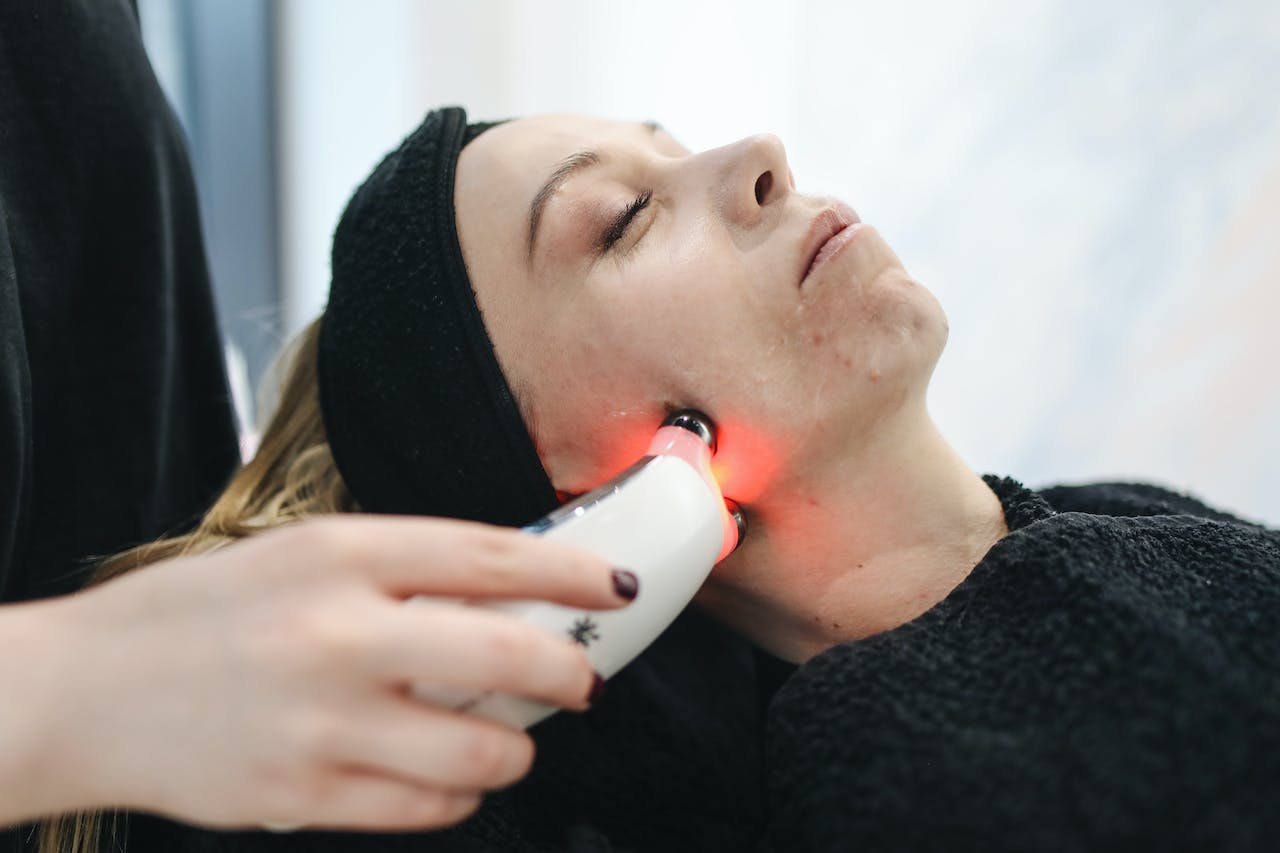Building Out a Profitable Med Spa Service Mix

How a Med Spa’s Service Mix is a Predictor of Success
From a consumer perspective, medical spa treatments are in higher demand than ever before. Whether seeking injections like Botox, laser treatments, or body contouring, medical spas across the country see an average of 283 non-surgical aesthetic patient visits per month. Even more, 65% of those are repeat patients. When analyzing trends in consumer behavior or growth in the industry, it may seem like nearly any combination of med spa services will generate revenue.
However, successful med spa owners and buyers analyze the med spa service mix through a more strategic lens. What makes for a successful service mix? Here are a few factors to consider for each service:
- The treatment’s margin profile
- Initial capital investment and payback period
- Whether it’s a one-time or recurring treatment for patients
- How much training the treatment requires to administer
- How many patients your team can treat each day
- Patient demographics and demand at your practice
Understanding the nuances of the most popular med spa treatments can help owners build out a healthy service mix with multiple revenue streams and higher profit potential.
Med Spa Treatments with High Margins
First, consider the margin profiles (ranked highest to lowest) of the most popular non-surgical aesthetic treatments.
Lasers (Energy-based devices)
Lasers have the most profitable margin perspective at medical spas for a few reasons. First, aesthetic lasers have become powerful and effective at spot treating skin problems. They offer skin tightening and resurfacing, hair removal, collagen production, scar treatment, and more–often with little to no downtime for patients. With compelling before and after photos to support marketing, laser treatments offer an attractive, non-invasive solution to a wide range of patients.
While many of these are one-time treatments (unlike injectables), med spas can offer them at a higher price point. Lasers might seem like an expensive capital investment, but once a laser is paid off, virtually every treatment can be considered profit–you’re only using the machine itself rather than purchasing syringes of product. The payback period on a laser can be surprisingly short, often only seven to eight months, sometimes even less. And training providers is typically easier for lasers than for injectables.
Body Contouring
Similarly, body contouring treatments (like Coolsculpting) can offer healthy margins to a medical spa’s service mix. With many similar benefits as lasers, the margins for body contouring treatments are lower than lasers because of a more competitive price point.
Injectables
We can break injectables into two categories: fillers and neurotoxins.
Fillers (Juvederm, Restylane, and others) plump areas of the skin to add volume. Neurotoxins (Botox, Xeomin, Dysport) relax the muscles that cause wrinkles and lines to form. Fillers have slightly higher margins than neurotoxins.
Medical spas may price neurotoxins differently depending on the client base. A volume-based medical spa may charge $10 per unit while premium pricing is closer to $12 or $13 (with a membership program that brings price down for VIP customers.)
The price point, the fact that there can be more waste with injectables (product leftover in the syringe), and more intensive training for talented injectors all lead to lower margins in this category. But because injectable treatments are incredibly popular and also require repeated maintenance, these services are an important way to get new patients in the door and keep them coming back.
Retail
Finally, retail products like skincare offer another revenue opportunity for medical spas. While not the most crucial component of a medical spa’s bottom line, a retail purchase may be an add-on or follow up for a client after a treatment.
Cross-Selling Services
Most successful med spas have built out a healthy suite of services. Beyond profit margins, they’ve considered their demographic, thoughtful pricing and membership strategies, and how to most effectively market and fill their schedules. In addition, savvy owners understand how to cross-sell services.
For example, Botox may be a service that brings clients through the door on a consistent basis. If so, is there a process for selling higher margin services? Are there benefits for members? Successful practices do not rely on a single service (or provider) to bring in all of the revenue. Just as much as the service mix itself, a practice’s ability to cross-sell or up-sell services is a key indicator of success.
Build Out a Healthy Suite of Services with Skytale Group
Our medical aesthetics consultants and M&A advisors are experts at helping practices optimize their service mix to increase profits. Reach out to our team to learn more about how Skytale Group can add lasting value to healthcare organizations through consulting, M&A advisory, and investment banking.

